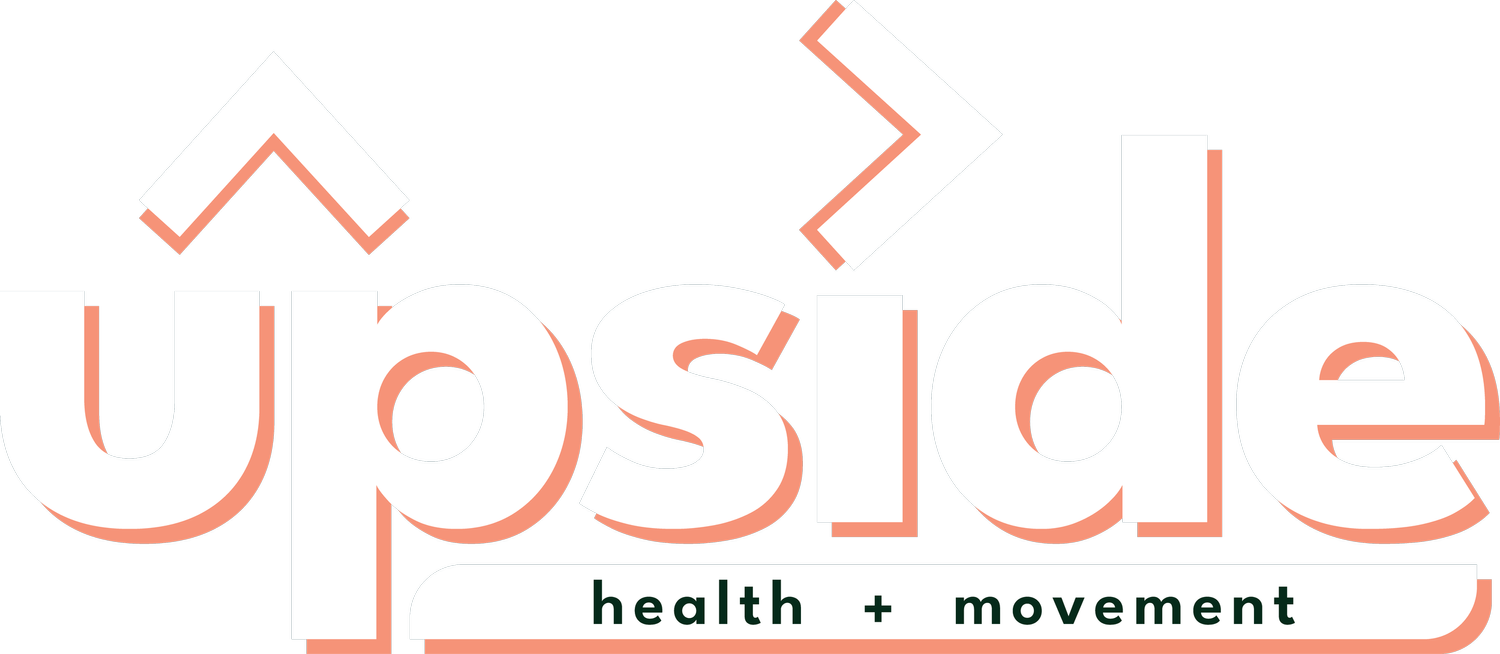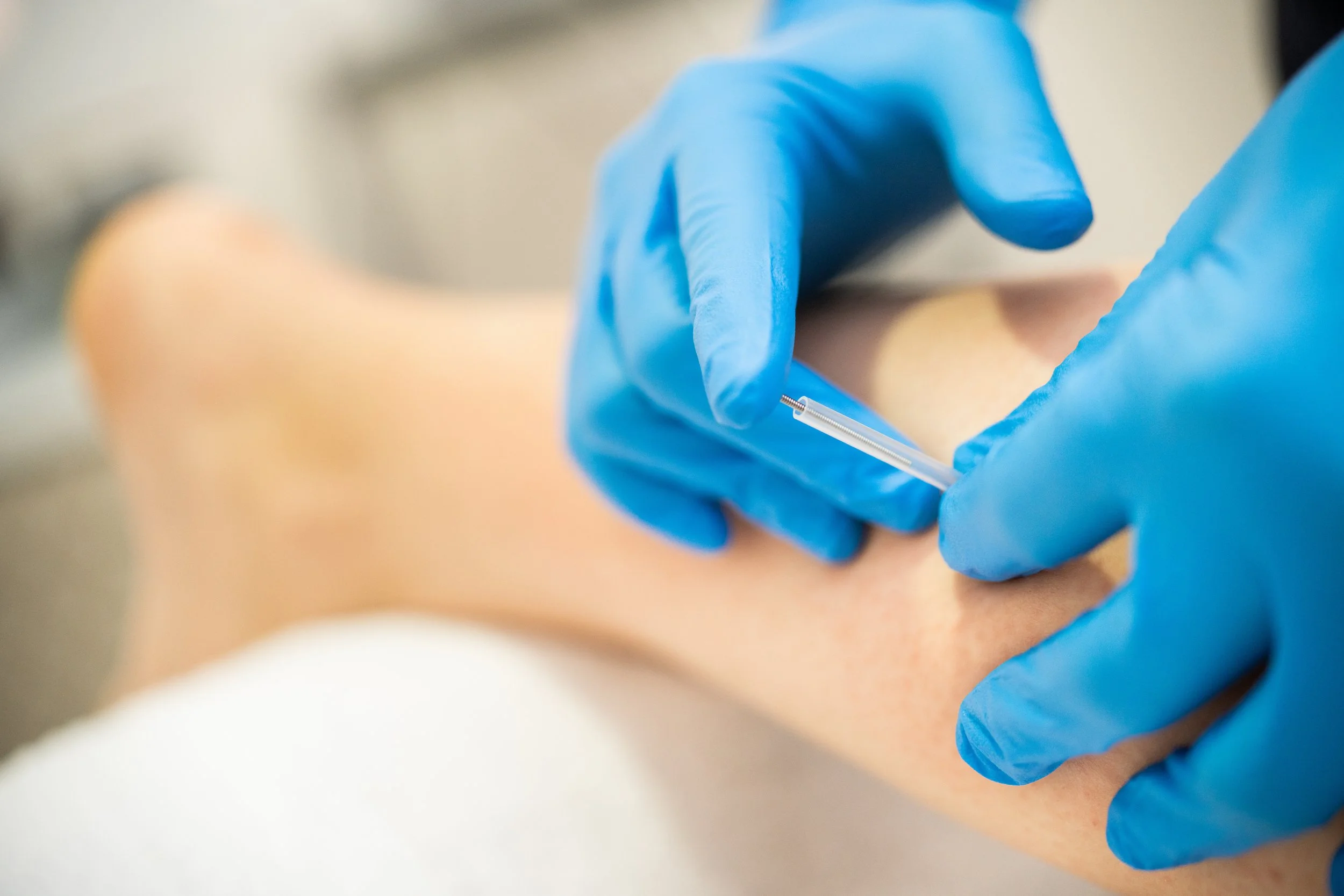What is Dry Needling?
A Myotherapists treatment toolkit isn't just isolated to our ability to palpate and treat the tissues of the body with massage. We have a broad range of skills that best allow us to treat your aches and pains. One of these skills is dry needling and Myotherapists are one of the greatest exponents of this modality.
What is dry needling?
Dry needling is the procedure in which an acupuncture-like needle is inserted into the skin and muscle. The use of dry needling is based on an understanding of human anatomy and physiology regarding myofascial pain and trigger points.
A very fine, solid filament needle inserted into a precise location in a muscle creating a small amount of damage. This in-turn starts a new injury and healing response within the body.
What does it do?
While much of the research around the physiology of exactly how dry needling affects pain and movement, it has a growing body of research to support its effectiveness. Dry needling is intended to target and restore muscular function. It achieves this by creating a reaction within the tissue, brain and nervous system.
This reaction can cause a cascade of effects. The needle simply penetrating the skin causes an analgesic response, with pain relieving hormones flooding to the site. The needle tip causes a small amount of damage within the muscle tissue and activates a healing response. Transmission of pain signals in your spinal cord are also inhibited.
Why is it called "dry" needling?
The term "dry" needling is used as the needling isn't injecting anything into the body compared to using a hypodermic syringe to inject a solution. Dry needling uses a solid needle and relies on the reaction of the tissues to the needle inject.
How big are the needles and do they hurt?
One of the main reasons patients are unwilling to try dry needling is that they believe that it will be too painful. Is quite often not the case. The needles are of a quite thin gauge. The needles in our clinic are only 0.3mm in thickness and range from 18mm to 70mm in length. A standard medical syringe is around 10x as big at around 3mm thickness. The length of the needle used depends on the depth of the tissue needed to be treated. When it comes to pain, it depends on the state of the tissue being needled and the hypersensitivity of the area. These areas are generally painful and tender to treat with non-invasive manual techniques. However, most patients report lower levels or perceived pain for less duration with dry needling compared to manual trigger point release techniques.
How is it different from acupuncture?
It mostly comes down to East vs. West. Acupuncture is based around the principles of Traditional Chinese Medicine (TCM). This includes the concept of Qi, the body's vital energy, and the balance of Yin and Yang. All of the body's energy flows along meridian lines which have acupoints along them. Acupuncture is placing needling into those acupoints to unblock those meridians to return balance to the body. The use of dry needling in current treatment is based on up-to-date medical research and best practice management models (Western Medicine).
How are they similar?
The needles used are identical. As stated previously, the act of penetrating the skin with a needle can have an effect on pain. This means that it doesn't matter if the needle comes from an acupuncturist or from a practitioner performing dry needling, the effect is the same.



